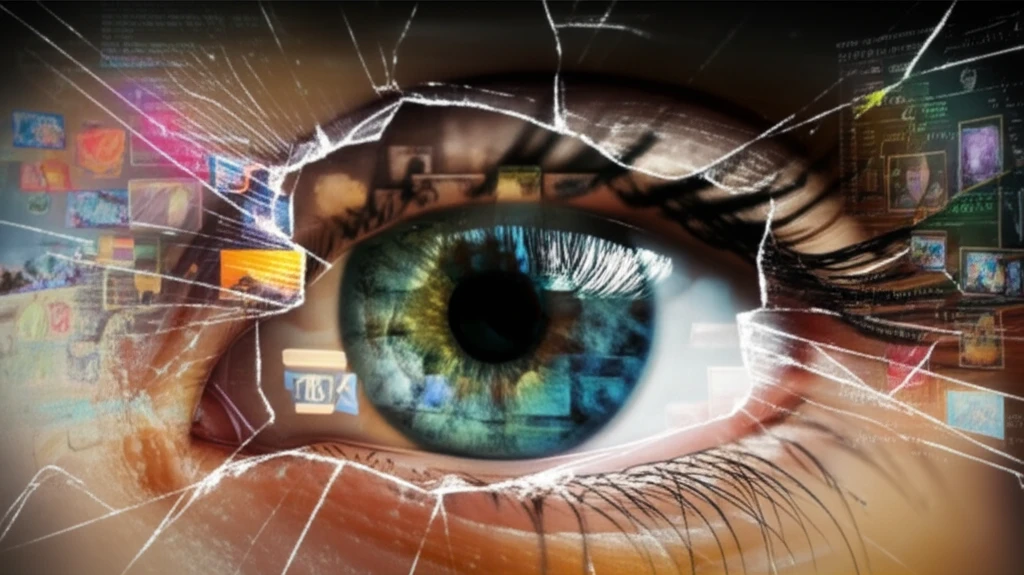![]()
Eyes on the Prize: How Eye-Tracking Data is Changing Object Detection
"Unlocking the potential of eye-tracking technology to revolutionize supervised machine learning and object detection."
In the realm of computer vision, one of the biggest hurdles is the need for massive amounts of training data, which is typically obtained through painstaking manual annotation. But what if we could leverage human attention to streamline this process? Researchers are exploring the exciting possibility of using eye-tracking technology to provide training data for supervised machine learning, potentially revolutionizing how machines learn to 'see'.
The core problem the study addresses is reducing the need for manual annotation in object detection. This is a significant bottleneck because manually labeling images is time-consuming and expensive. Eye-tracking offers a potential solution by automatically capturing where humans focus their attention in an image, providing valuable data about which objects are of interest.
This article delves into a pioneering study that has created a large-scale eye-tracking dataset. By analyzing where people look when viewing images, researchers aim to train algorithms to detect objects more efficiently. We will explore the methods used, the challenges faced, and the potential impact of this approach on the future of artificial intelligence.
Creating a New Vision: The Eye-Tracking Dataset

The research team constructed a novel dataset by collecting eye movement data from participants as they viewed 6,270 images from the Pascal VOC 2012 database, a well-known resource for object detection tasks. Each image was viewed by five different observers, resulting in a total of over 178,000 individual fixations recorded.
- Targeted Fixations: Visual search tasks encourage more fixations on target objects compared to free-viewing.
- Semantic Categories: The dataset includes semantically similar object pairs (e.g., cat/dog, bicycle/motorbike) to challenge the observers.
- Bias Reduction: Images were presented with random offsets to minimize central bias in viewing patterns.
The Future is in Sight: Implications and Next Steps
This research demonstrates the exciting potential of using eye-tracking data to train object detection models. The created dataset and methodology offer a valuable resource for further exploration in this area. By understanding where humans focus their attention, we can significantly improve the efficiency and accuracy of machine learning algorithms.
The study's model, based on the location of fixations and the appearance of attended regions, already shows promising results in predicting the location of target objects. This success opens doors to numerous applications, including improved image recognition, enhanced human-computer interaction, and more intelligent AI systems.
The research is set to expand the range of recognized objects and fine-tune the machine learning models. The team anticipates that, in the near future, robots and AI systems will be able to interpret visual data and react to the environment with much greater precision and speed, thanks to these advances. This opens up new possibilities for creating more intuitive and responsive technologies.
